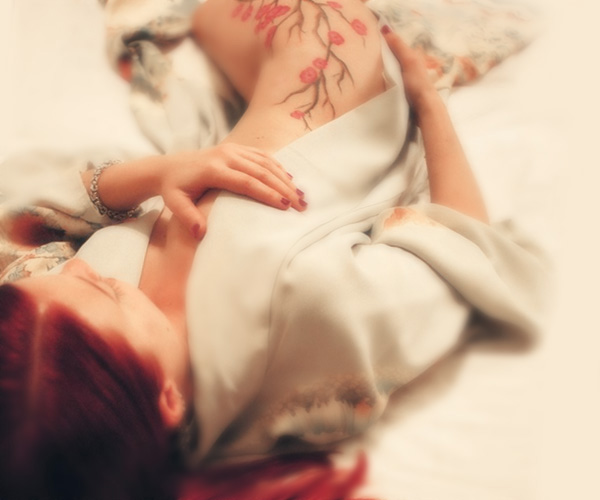Sunday School: Shifting Focus
 Sunday, September 7, 2008 by
Sunday, September 7, 2008 by  sarah-ji
sarah-ji

There's a lot going on right now in my life. From work projects to a family vacation in our beloved Pacific NW to Cadence starting preschool at the end of the month, among other things. Busy stuff, hard stuff, good stuff, fun stuff. I've never been all that good at multi-tasking, so I'm having a hard time finding my focus these days. In fact, stringing words together into a coherent post is kind of beyond my grasp right now.
Which brings me to the point of this week's Sunday School. I've discovered that when you're on a shoot, and there's a lot going on and you just don't know what image to capture first, you can often get an interesting photo by shifting your camera's focus onto something that's not the actual focus of attention and letting everything else blur into the background (or foreground). Doing a few shots like this may give you a clearer vision of how you want to document what's going on. You may even find that what you're really interested in capturing is not what's actually the center of everyone else's attention.
Hmm...Maybe I can apply this little tidbit to my life right now. Maybe what I need is to focus on something less obvious or even nothing at all for a while. One of the things I actually like about the photo above is that when I stare at it, I feel like I'm zoning out, but in a really meditative way. It's actually quite soothing.
Check out this uniquely focused and meditative photo by Amy Sahba, or this one by jennyhud and this one by Danisoul. How about you? Have you shifted focus lately? Please share your images and/or stories.




 button , creating a duplicate layer for manipulating.
button , creating a duplicate layer for manipulating. button. (When you do this, you will see a new black thumbnail appear to the right of the image thumbnail in the layer.)
button. (When you do this, you will see a new black thumbnail appear to the right of the image thumbnail in the layer.)